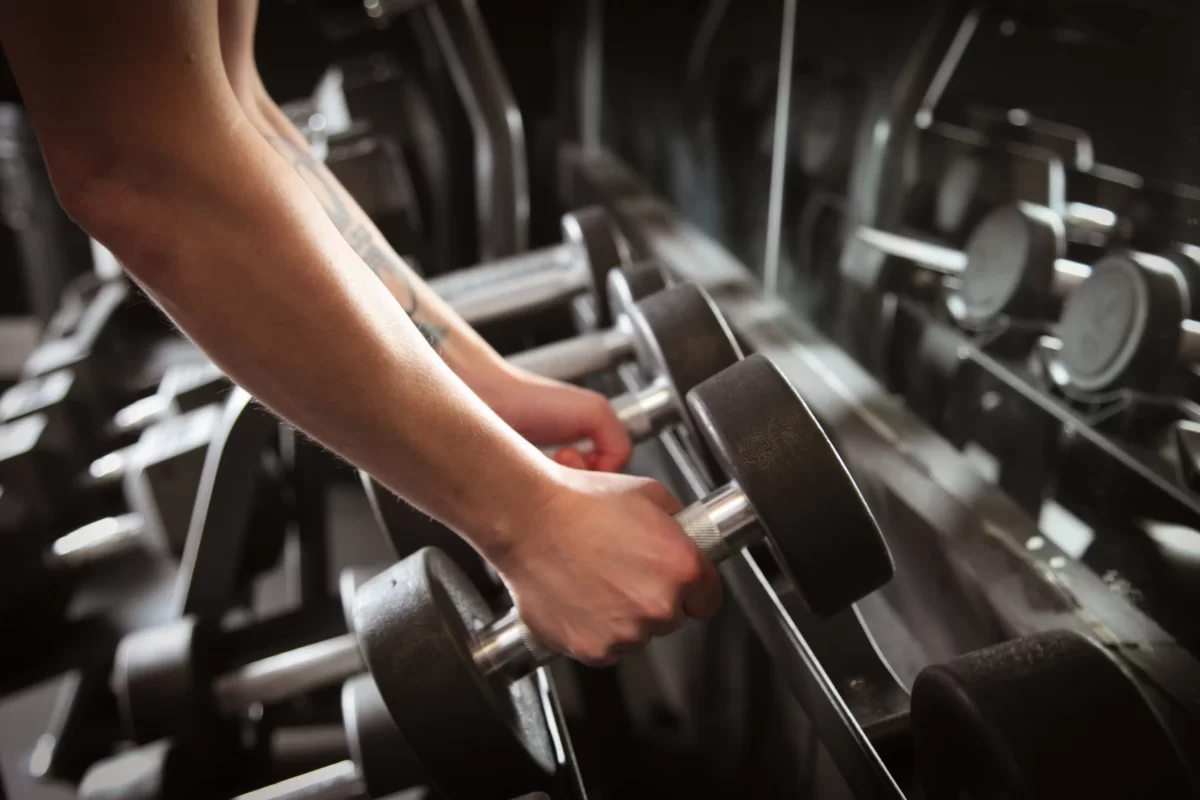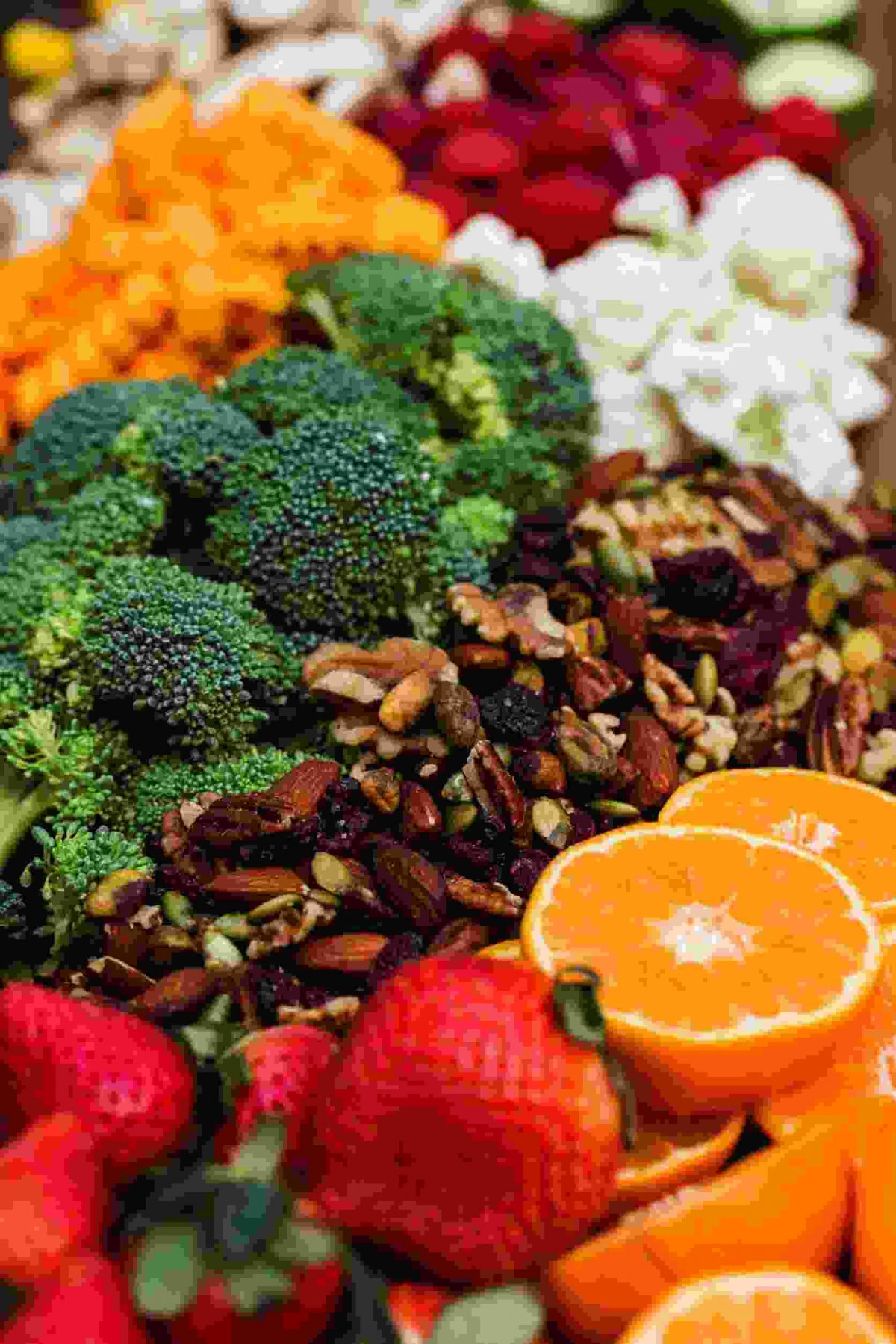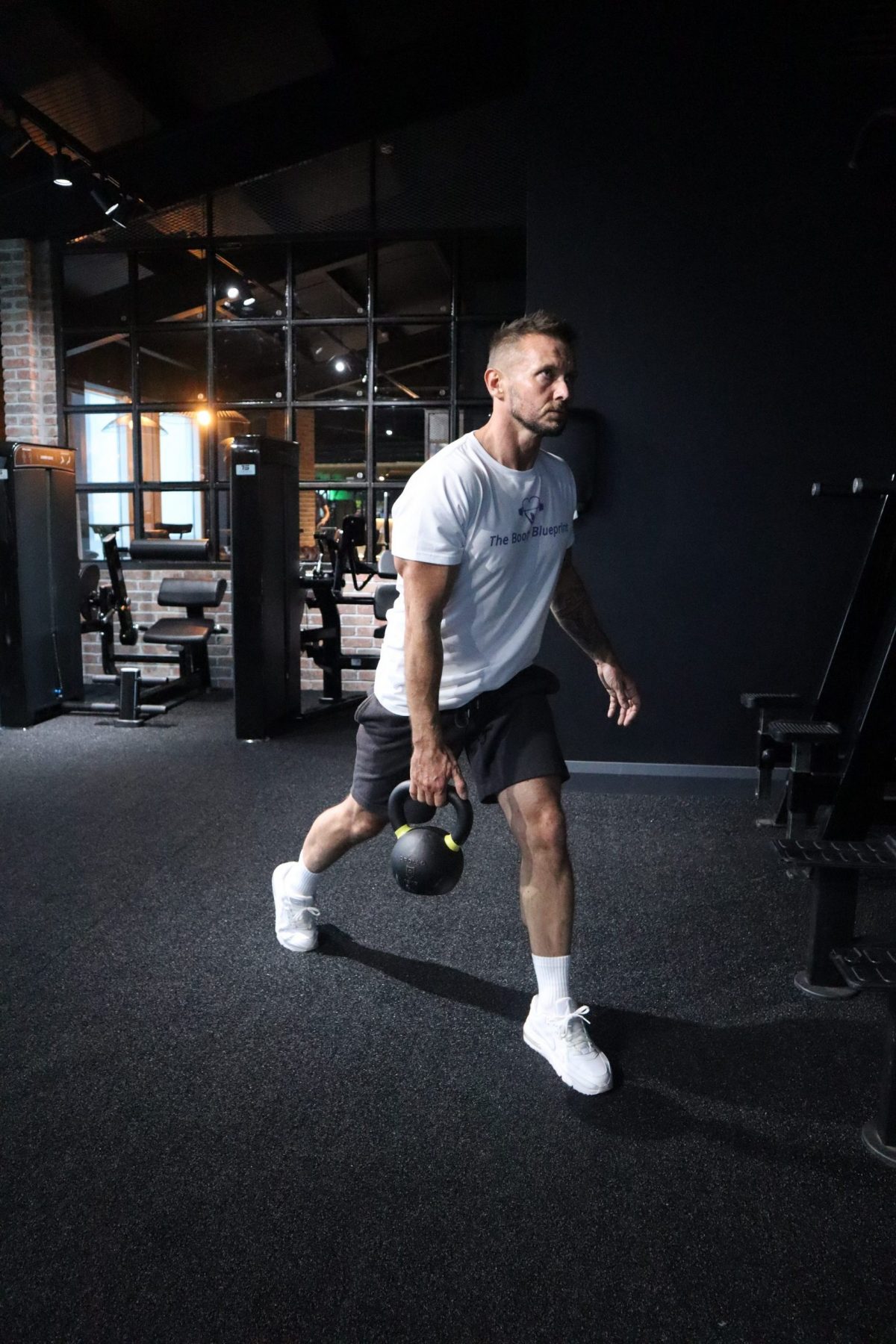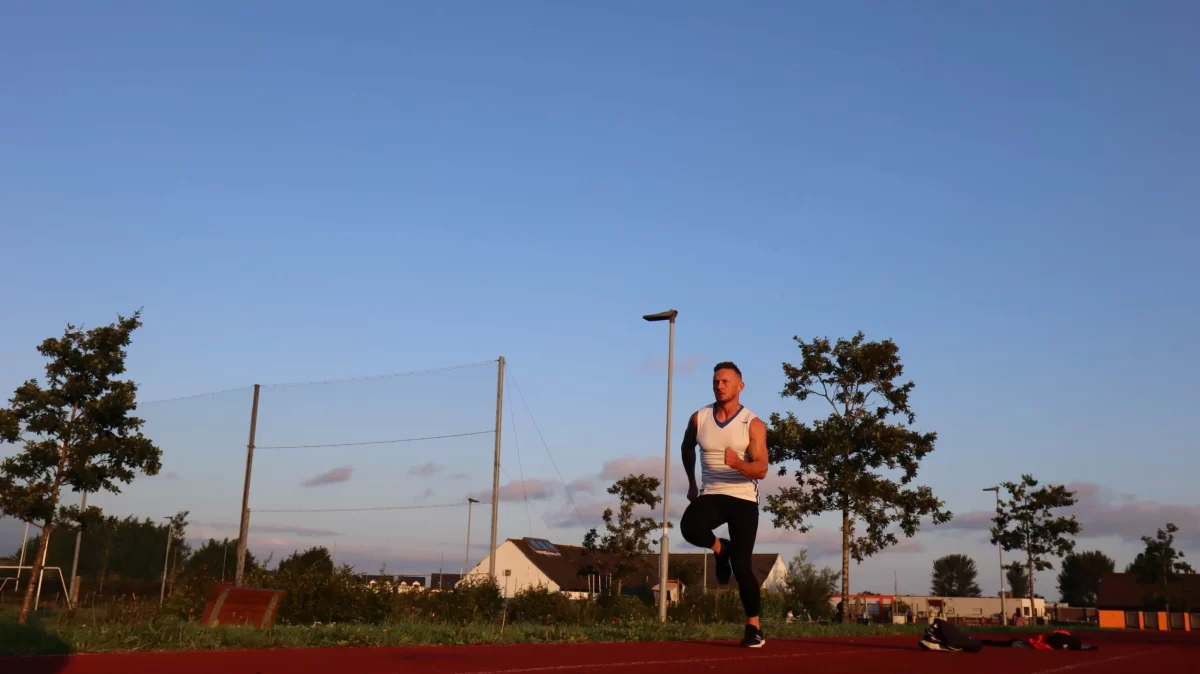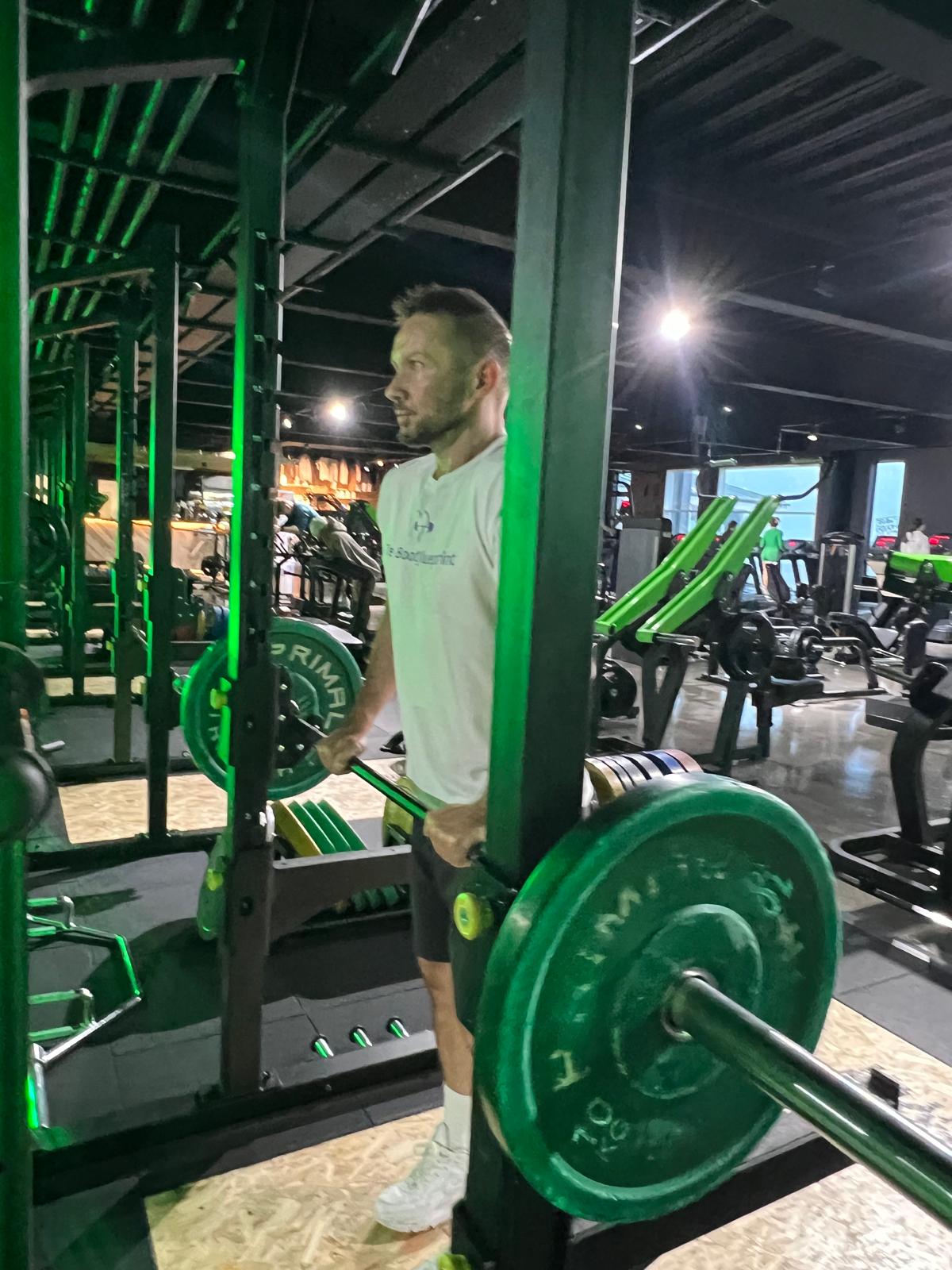The festive season often brings joy, laughter, and unfortunately, a few extra pounds for many individuals. If you’re eager to kickstart the New Year by shedding the holiday weight quickly, it’s essential to adopt a strategy that prioritises both speed and health. Here’s a guide on how to lose those Christmas pounds rapidly yet responsibly:
Hydration is Key:
- Start your post-holiday weight loss journey by rehydrating your body. Water not only helps flush out toxins but also aids in digestion. Aim to drink at least eight glasses of water a day to kickstart your metabolism.
Mindful Eating:
- Pay close attention to what and how much you’re eating. Opt for nutrient-dense, whole foods that provide sustained energy. Incorporate lean proteins, fruits, vegetables, and whole grains into your meals while limiting processed foods and sugary snacks.
Rev Up Your Metabolism with Exercise:
- Integrate both cardio and strength training exercises into your routine to boost your metabolism and burn calories efficiently. High-intensity interval training (HIIT) is a time-effective way to maximise calorie burn in a shorter workout session.
Portion Control:
- Be mindful of portion sizes to avoid overeating. Use smaller plates to create the illusion of a fuller plate, and listen to your body’s hunger and fullness cues. This simple practice can lead to significant calorie reduction.
Sleep Well:
- Ensure you get adequate sleep each night. Lack of sleep can disrupt your metabolism and increase cravings for unhealthy foods. Aim for 7-9 hours of quality sleep to support your weight loss efforts.
Cut Back on Empty Calories:
- Identify and eliminate empty-calorie sources from your diet, such as sugary beverages and snacks. Opt for healthier alternatives like water, herbal teas, and whole fruit to satisfy your sweet cravings.
Meal Timing:
- Consider incorporating intermittent fasting or time-restricted eating. This approach can help regulate your body’s insulin levels and encourage fat burning. Consult with a healthcare professional before making significant changes to your eating patterns.
Remember, while it’s possible to shed holiday weight quickly, it’s crucial to prioritise your health. Crash diets and extreme measures may yield short-term results, but they can have adverse effects on your overall well-being. Choose a balanced, sustainable approach for lasting success on your weight loss journey.
